#{Title}
#{Copy}
Right let's get vibrancy out of the way first with a question. For something to be vibrant does it have to noisy, vibrating, pulsating or brightly coloured?
The Enterprise Centre at the University of East Anglia is none of these things, although the high efficiency air handling units in the plantrooms do pulsate as they circulate—recovering heat and warming the fresh air before it is supplied to the occupants.
The colour palette is muted and the hushed interiors are relaxing, almost monastic. That is not to say the building isn’t exciting or stimulating —there are innovative materials everywhere. Externally the scene is set by prefabricated thatch panels and repurposed lab desk cladding whilst internally, the recycled paper Sonaspray ceilings, Troldtekt panelling and plywood walls feel homely and welcoming. Almost every material in the building is bio-based, derived from plant material grown via photosynthesis using the sun’s energy. Their natural origin leads to paler colours but the textures are deep, wild and interesting as well as contributing to the building’s fantastic acoustics!
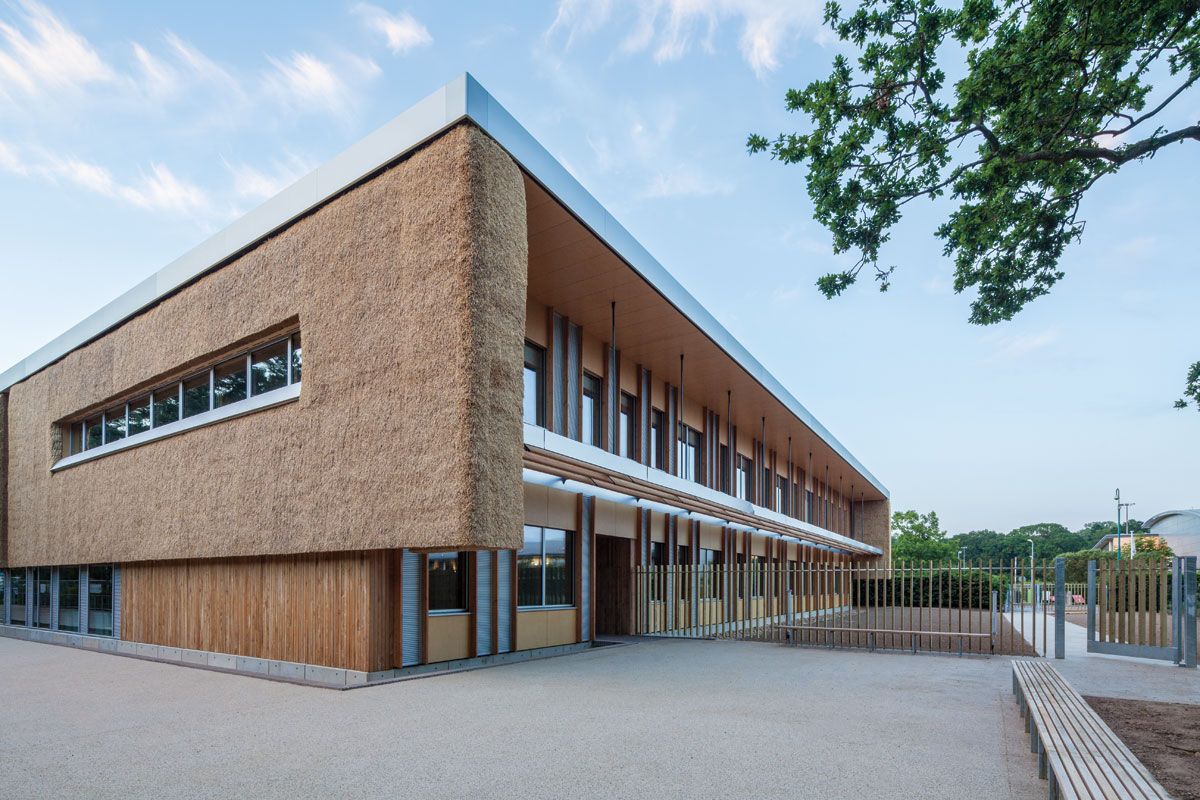
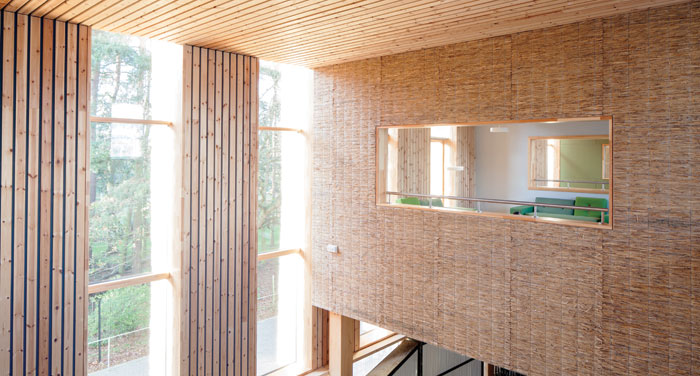
Whilst the sun is the energy source for the building’s materials, intelligent use of solar energy is fundamental to reducing operational consumption. Optimised building orientation simplifies façade design and improves user comfort, allowing active M&E interventions to be reduced or omitted.
A building form and envelope that allows good daylight distribution reduces the reliance on artificial lighting. This, combined with a self-regulated lighting scheme which only delivers the required light levels where absolutely necessary, reduces energy use throughout the building’s life. A similar strategy is being adopted on the new offices for Northamptonshire County Council.
The Enterprise Centre brief called for PassivHaus Certification, BREEAM Outstanding and low embodied carbon. BDP has experience of all of these things but never before all together in one building. At the Essex Business School, a heroic timber structure is significantly lower in carbon than the conventional alternatives. In common with several projects, the Waitrose Store in Bracknell is BREEAM Outstanding and Stebon Primary School in Tower Hamlets was London’s first PassivHaus school.
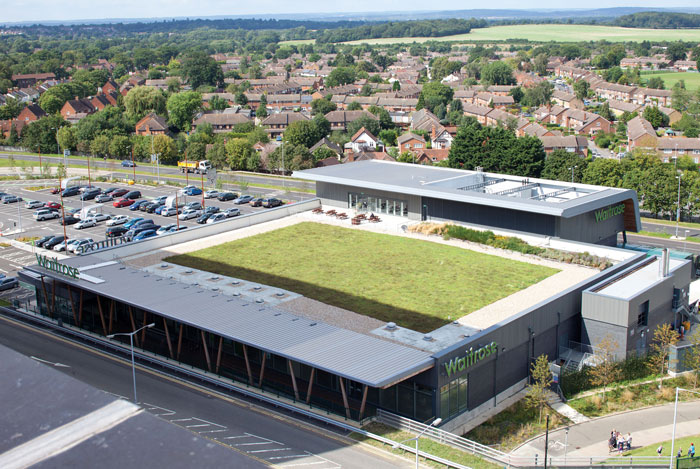
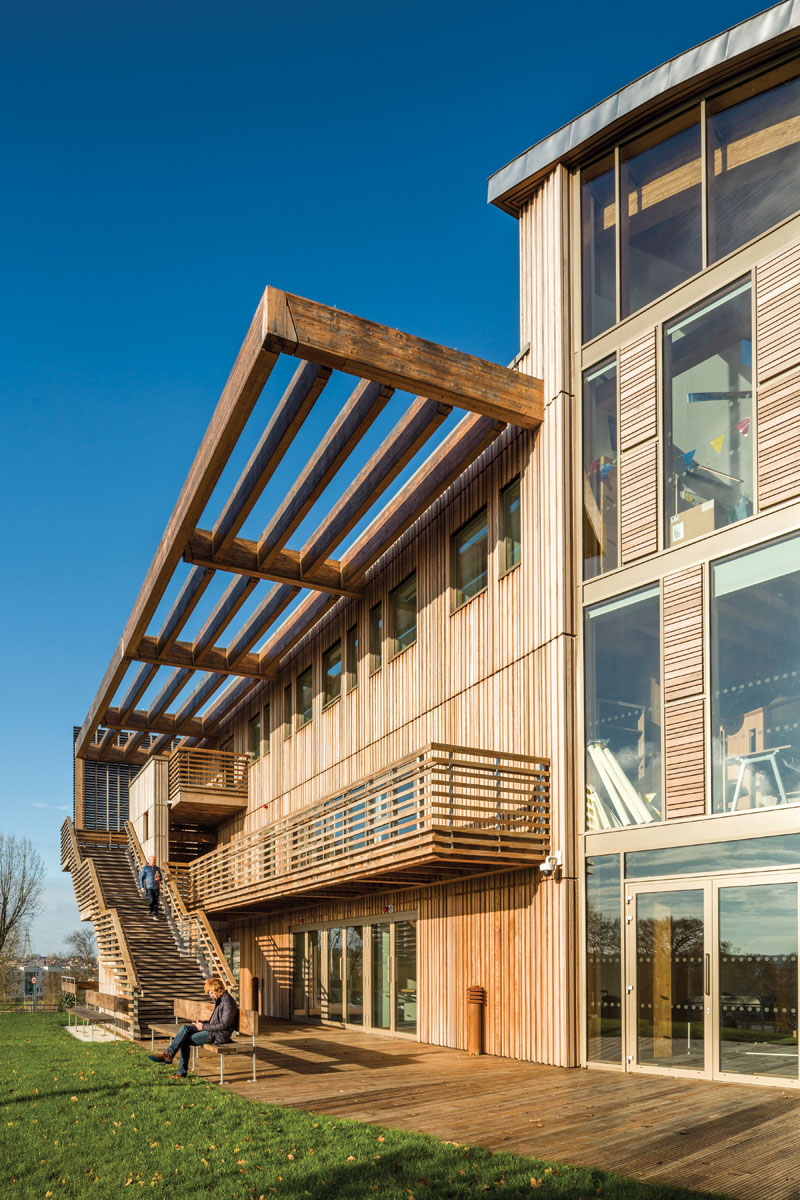
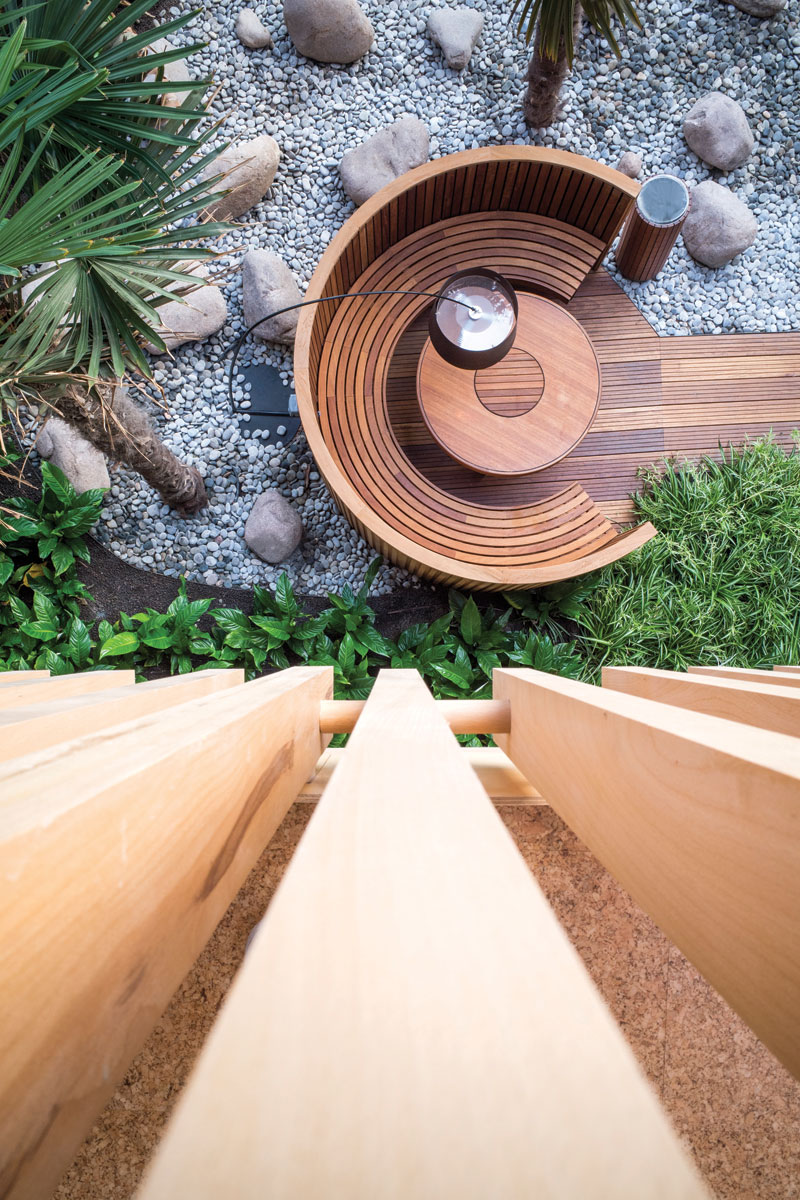
The stringent requirements of the Enterprise Centre brief set a framework, provided limits, reduced variables and informed design solutions. This allowed the design team to settle on a scheme early and develop a design which is a masterclass in sustainable development.
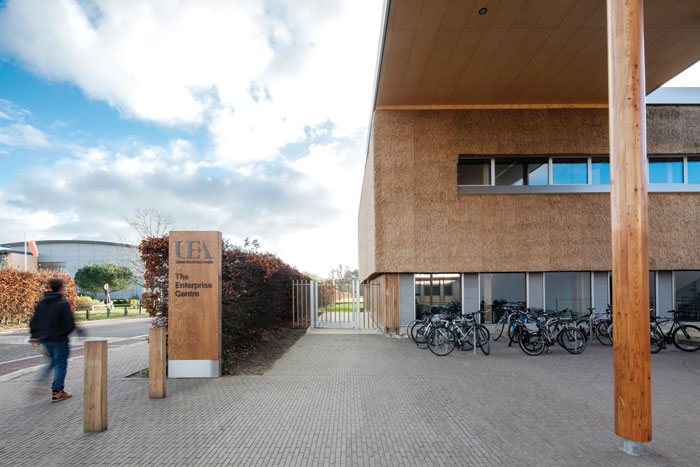
The key was to keep things simple. We can learn from this and apply it to other projects:-